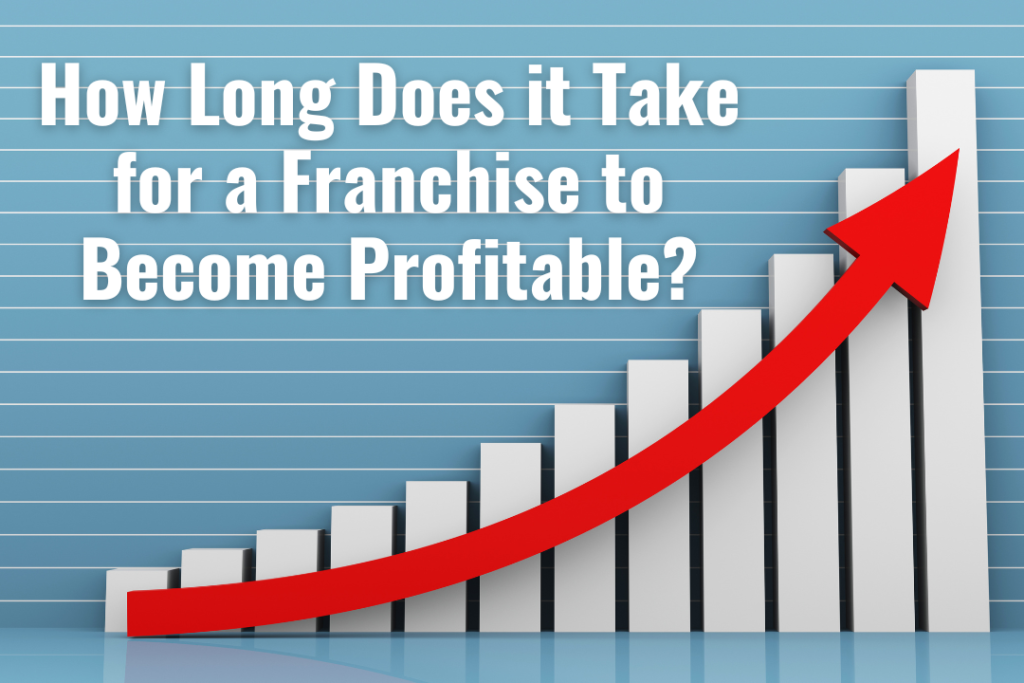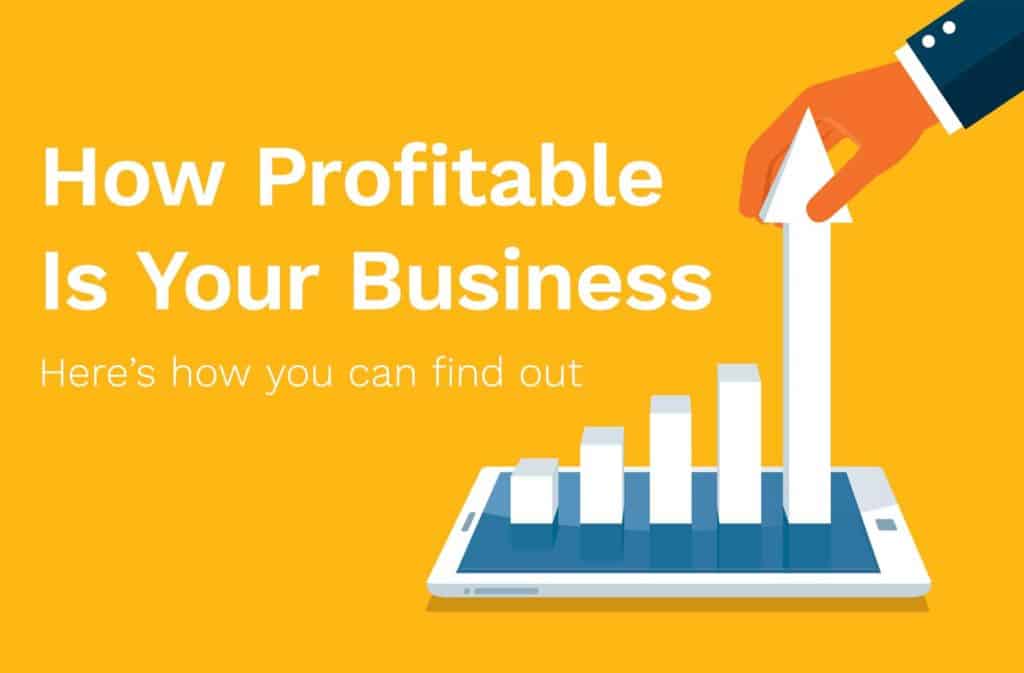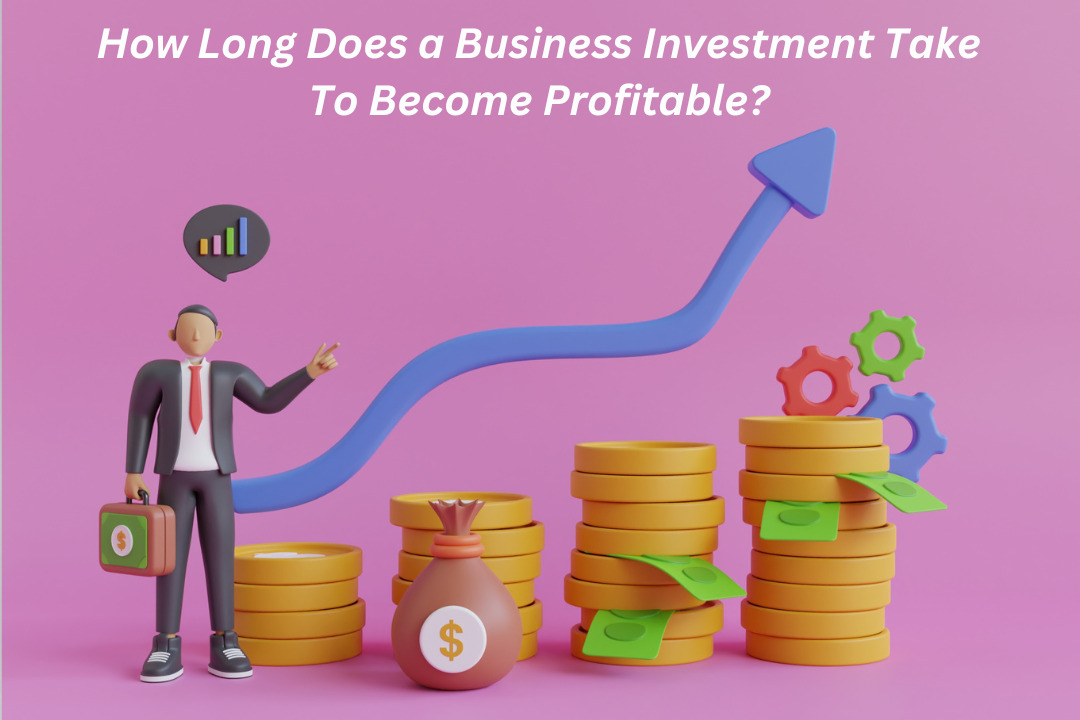How Long Does It Take A Business To Become Profitable
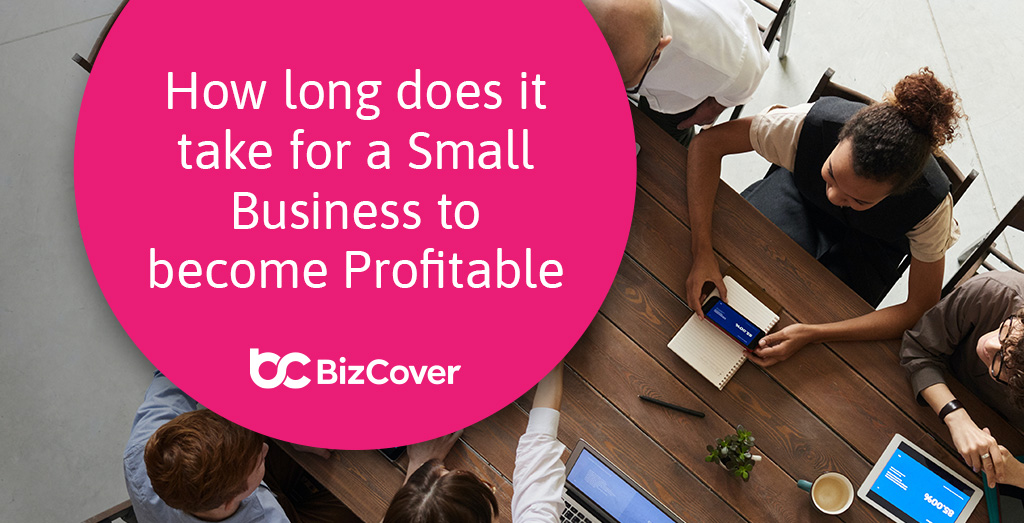
Imagine a cozy, sunlit cafe. The aroma of freshly brewed coffee fills the air, mingling with the gentle hum of conversation. But behind the charming facade, the owner frets, glancing at the ledger. How much longer before this dream transforms into a profitable reality?
The question of when a business becomes profitable is a critical concern for all entrepreneurs. While there's no one-size-fits-all answer, understanding the factors influencing profitability timelines can help manage expectations and guide strategic decision-making.
The Elusive Profitability Timeline
Pinpointing an exact timeframe for achieving profitability is challenging. Several factors play a crucial role, including the industry, the business model, the amount of initial capital, and the overall economic climate. It's a complex equation with many variables.
Industry Matters
Some industries naturally have faster profit cycles. For example, software-as-a-service (SaaS) businesses might take longer due to high upfront development and marketing costs. Conversely, a service-based business with low overhead could potentially see profits much sooner.
According to a report by Startup Genome, a leading innovation policy advisory and research organization, the median time to breakeven for startups is around 2-3 years. However, this varies drastically depending on the sector.
The report further highlights that startups in sectors like biotechnology and pharmaceuticals often require significantly longer time horizons due to lengthy research, development, and regulatory approval processes. This can extend the breakeven point to 5-7 years, or even longer.
The Impact of the Business Model
The choice of business model significantly impacts profitability. A subscription-based model, while providing recurring revenue, may require substantial investment in customer acquisition before profits materialize. A lean startup model, focusing on minimizing initial investment and validating assumptions quickly, could lead to earlier profitability.
Consider a local bakery versus an online e-commerce store. The bakery might see quicker initial returns due to direct customer interaction and sales. But the e-commerce store could potentially scale faster in the long run, eventually outpacing the bakery's profitability.
The Role of Funding and Capital
The amount of initial capital a business possesses plays a vital role. A business with ample funding can afford to invest more heavily in marketing, product development, and hiring, potentially accelerating growth and profitability.
However, excessive funding can also lead to complacency and inefficient spending. Bootstrapped businesses, operating with limited capital, often develop a stronger sense of financial discipline and resourcefulness, potentially leading to sustainable profitability, even if it takes longer.
Navigating the Economic Landscape
External economic conditions can significantly impact a business's trajectory. A recession or economic downturn can severely hamper sales and profitability, regardless of the business's inherent strengths. Conversely, a booming economy can create favorable conditions for rapid growth and profitability.
The 2008 financial crisis served as a harsh reminder of the vulnerability of businesses to macroeconomic shocks. Businesses need to be prepared for potential downturns and have contingency plans in place.
Strategies for Accelerating Profitability
While there's no magic formula, several strategies can increase the likelihood of achieving profitability sooner rather than later. Effective cost management is crucial. Carefully tracking expenses, negotiating favorable deals with suppliers, and minimizing waste are all essential.
Focusing on customer acquisition and retention is equally important. Acquiring new customers is expensive, so nurturing existing relationships and fostering loyalty can significantly boost profitability. Delivering exceptional customer service and building a strong brand reputation are key.
Regularly analyzing financial performance and adapting strategies accordingly is also vital. Staying agile and responsive to market changes is essential for long-term success.
Looking Ahead
The journey to profitability is often a marathon, not a sprint. It requires patience, perseverance, and a willingness to adapt to challenges. While the timeframe can vary considerably, understanding the key factors at play can empower entrepreneurs to make informed decisions and navigate the path to success.
So, as the cafe owner continues to work diligently, perfecting the recipes and building a loyal customer base, the dream of profitability remains within reach. With careful planning, smart execution, and a dash of resilience, that dream can indeed become a reality.
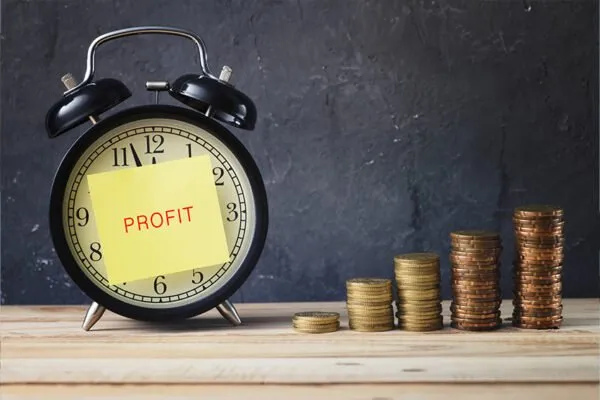
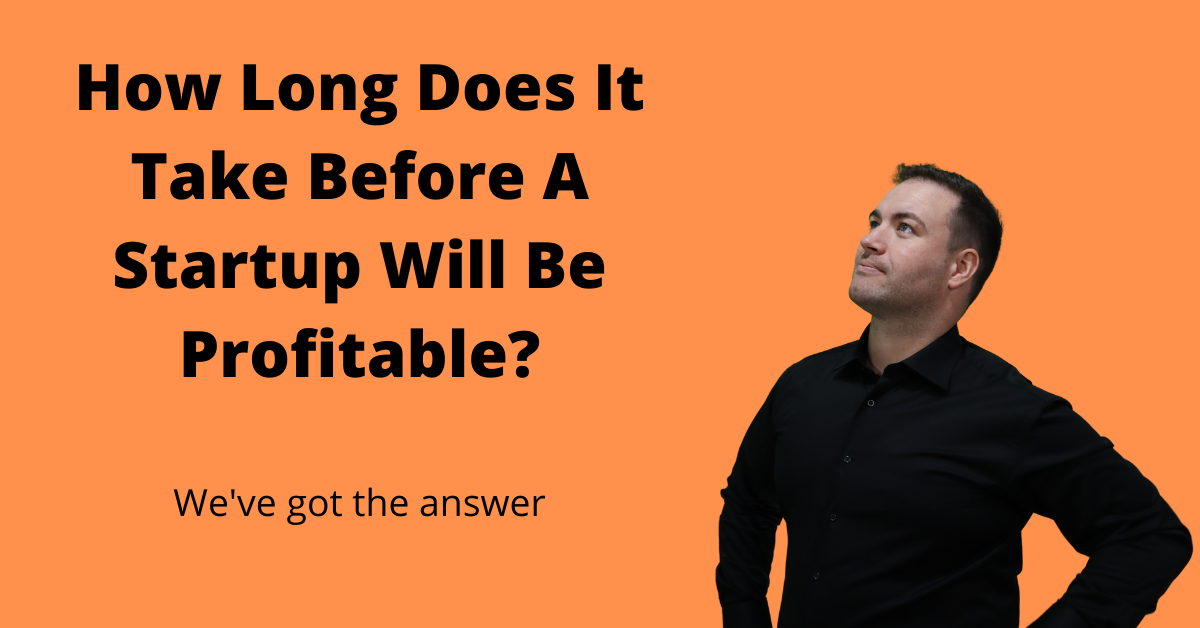

![How Long Does It Take A Business To Become Profitable 20+ Must-Know Startup Statistics [2023]: Average Time to Reach](https://www.zippia.com/wp-content/uploads/2021/10/how-long-does-it-take-for-startups-to-be-profitable.png)

